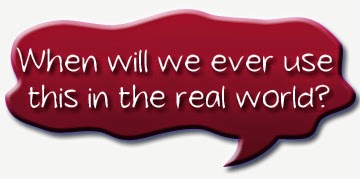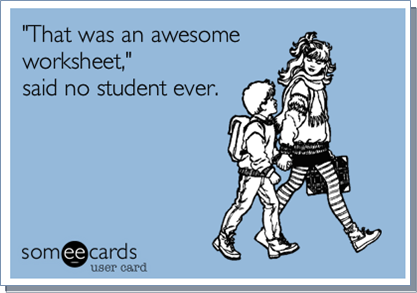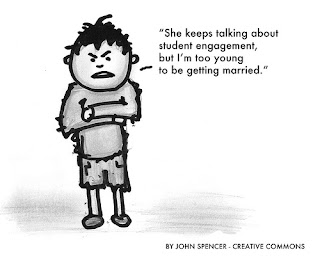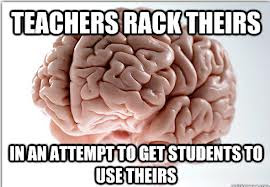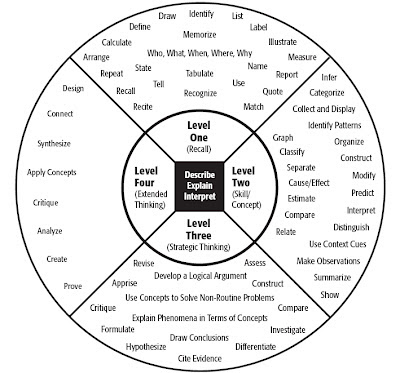The world is literally
changing right before our eyes. ‘What is’ is quickly become ‘what was,’ and
what ‘can be’ is quickly becoming ‘what is.’ The future is now and we all have
a choice as to how we interact with that future. Education is fortunate to be
in a position to not just accept, but to be an integral part of how the world
is changing. With all the changes occurring, we educators are forced to adapt
and evolve. It’s our level of commitment and willingness to adapt and evolve
that will ultimately dictate how relevant we remain. Here are 10 keys to
remaining relevant as an educator:
1). Eliminate the phrase 'that can't be done' from your vocabulary and
replace it with 'let's figure out how we can make this work...'
2). Stop thinking that just because it worked for you in the past that
it will work now for today's students...
3). Don't think that technology integration in schools is just a 'fad'
that will go away like many other education initiatives have...
4). Embrace the notion that you, the educator, haven't been for a while, and will
continue not to be the smartest person in the room...
5). Figure out creative and innovative ways to take learning beyond the
confines of the four walls of your classroom...
6). Take full advantage of the many tools and platforms that are
available to tap into the wide-world of collaboration and teamwork...
7). Stop believing that an educator-centered classroom that focuses on
the educator more than the students is the most productive and effective
learning environment...
8). Find ways to make learning relevant, purposeful, and meaningful for
your students by focusing on real problems in society that are affecting real people...
9). Don't avoid trying new things and don't run the other way when
someone mentions the word 'change...'
10). Lastly, don't be afraid to stand out; don't be afraid of being the
first, and don't be afraid of standing up when everyone else sits down...
I’m confident that if we
heed this advice we won’t just remain relevant, but we will position ourselves
to do great things for kids which in turn will allow our kids to do great
things for humanity.

